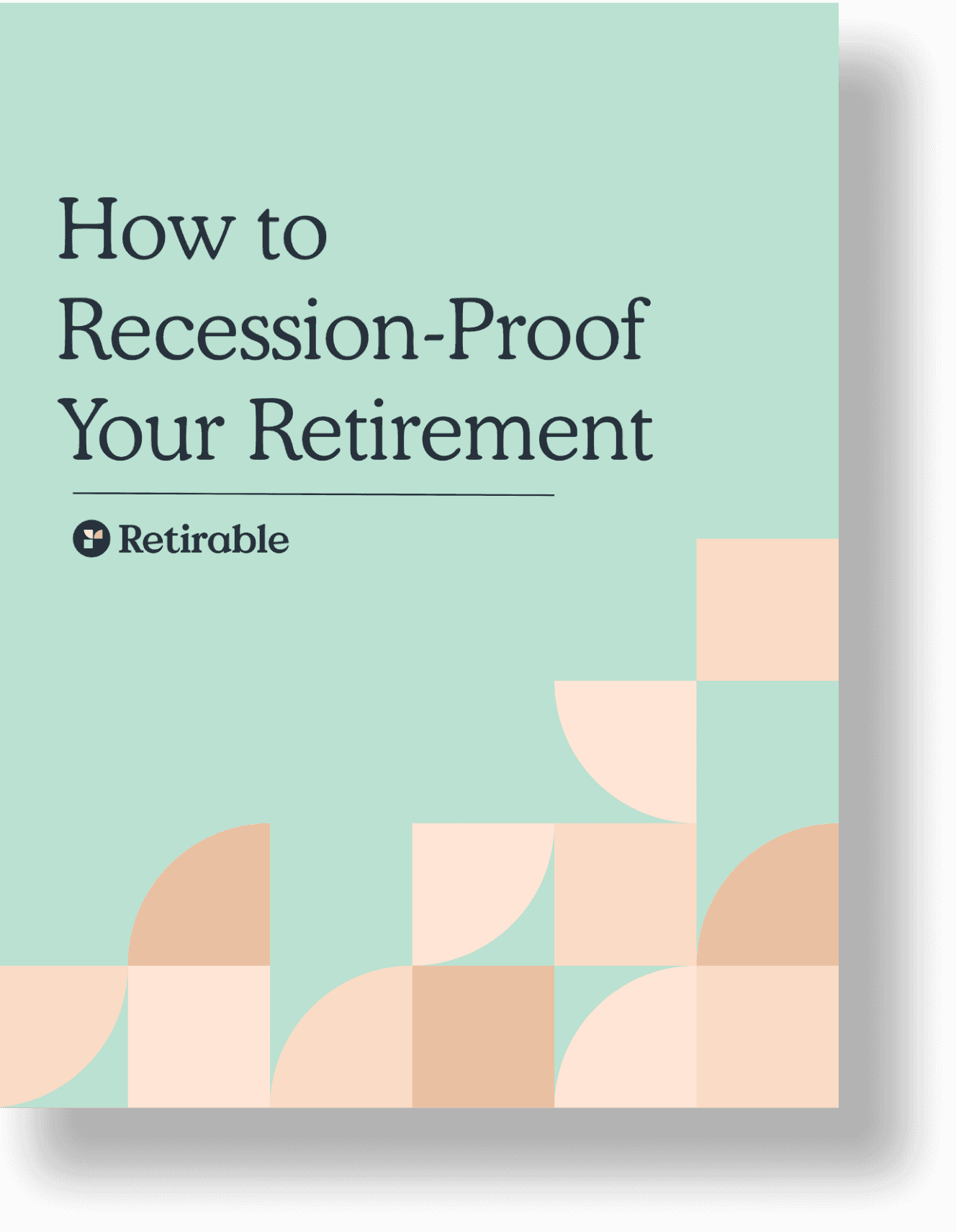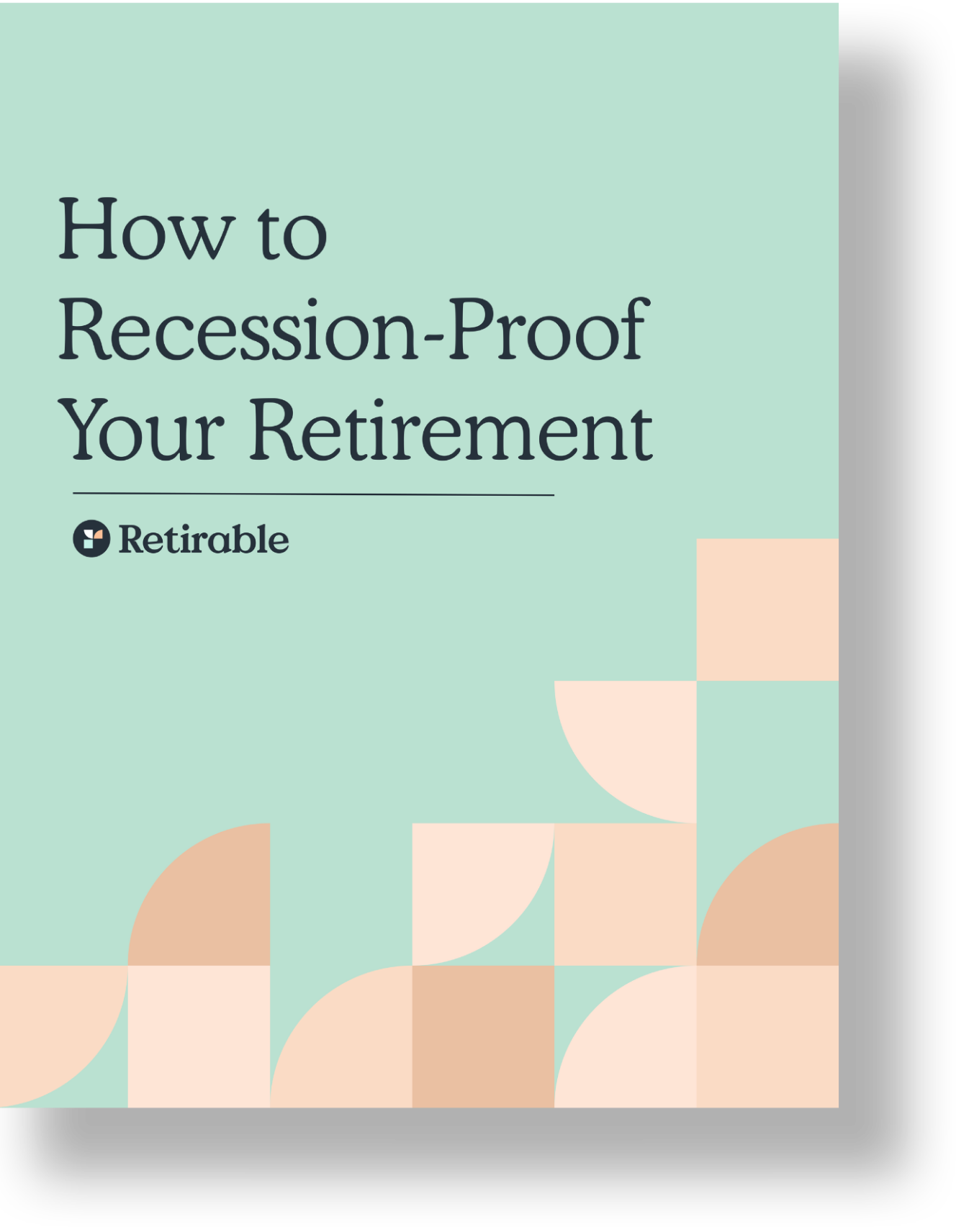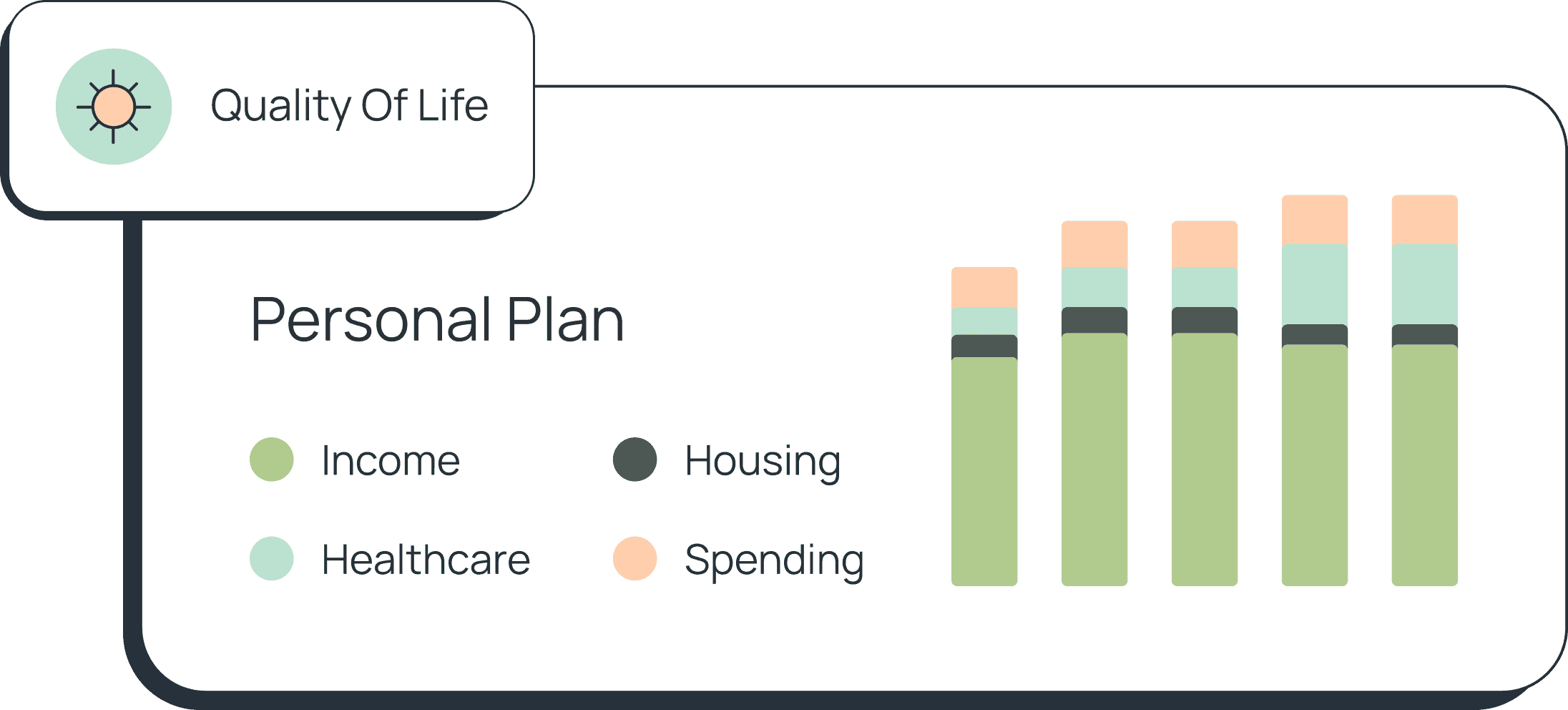Retirement Accounts
Odds are, if you’ve ever worked a full-time job, you’ve come across a 401(k) plan at some point.

R. Tyler End, CFP®
•
Published October 2nd, 2024
•
Updated January 15th, 2025
Table of Contents
Key Takeaways
401(k) plans are a type of defined-contribution retirement savings account offered by employers
Your money must stay in the account until you turn 59 ½, except in some special circumstances
You can contribute up to $23,500 in 2025, with an additional $7,500 “catch-up” contribution for those 50 or older
Odds are, if you’ve ever worked a full-time job, you’ve come across a 401(k) plan at some point. Many companies offer 401(k) retirement plans as part of your compensation package. They may even offer to contribute a percentage of your salary to it. But what, exactly, is a 401(k) plan? How does it differ from other types of retirement accounts, and how does it fit into your overall financial and retirement plan?
What is a 401(k) plan?
A 401(k) is a retirement savings plan that allows you to put aside a percentage of your salary into an investment account. It’s an easy way to set and forget your retirement savings, as your contribution will be automatically deducted from your paycheck. With a traditional 401(k), your contribution will be made pre-tax – you won’t pay any income tax on that portion of your salary, and will instead pay taxes when you withdraw the funds in retirement.
Many employers will also match contributions up to a certain amount, such as 2 to 3% of your salary. If you qualify for an employer matching contribution, we suggest that you always contribute at least enough to get your full match. Otherwise, you’re leaving money on the table.
If you want to get into the technicalities, a 401(k) plan is what’s known as a “qualified” retirement plan, which means that the IRS has rules that give the plan tax benefits. 401(k) plans are named after the section of the IRS tax code that establishes those benefits, as well as the rules around how you can use the plans and funds.
Another type of “qualified” retirement plan is a pension, but unlike a pension, 401(k) plans are “defined-contribution” plans as opposed to “defined-benefit” plans. Defined-contribution means that the balance of your 401(k) is dependent on you making contributions to the plan, unlike a pension, where your balance is based on things like work and salary history. Both of these types of plans are very different from non-qualified deferred compensation plans, which are designed for very high earners such as CEOs or other executives.
Roth 401(k)s - another available tax option
While most people choose traditional 401(k)s, there is another option: the Roth 401(k). Unlike traditional 401(k)s, Roth 401(k)s take post-tax contributions. Since your contributions have already been taxed, you can withdraw money from the account tax-free in retirement. Employers cannot contribute to Roth 401(k) accounts – if they match contributions, their contribution would go in a traditional 401(k) account. Because of this extra overhead, many employers do not offer Roth 401(k) accounts at all.
Getting set up with your 401(k)
Even though your 401(k) is likely sponsored by your employer, you’ll still need to take steps to ensure your plan is set up the way you want it to be.
- Sign up: Your employer may auto-enroll you into the plan, but confirm this with your HR representative. Your company might not allow your plan to kick in until you’ve been with them for a certain amount of time, usually three to six months; if this is the case, set a calendar reminder to sign up for your 401(k) when the time comes.
- Review the investments: There are different investments within your 401(k). You can usually choose between 10 or 20 mutual fund options, each of which includes hundreds of different investments such as stocks, bonds, and cash. Your employer may have set up a default investment plan (likely a target-date mutual fund), which is usually acceptable unless the investment fees are very high. Check the fees your company retirement plan charges and re-consider any mutual funds that charge more than 1%.
- Meet the employer match: Many employers offer contribution matches—meaning the company will match your 401(k) contribution amount by a percentage—as an incentive to get an employee to stay with a company and to participate in their 401(k) plan. This match can vary from company to company, with the average usually around 3 to 6%. This is essentially free money from your employer and a quick way to grow your retirement savings—even if you do nothing else with your 401(k), you should at least contribute the amount your employer will match, whether 3% or 8%.
What are the 401(k) contribution limits?
The IRS sets a contribution limit for how much money you can put aside in a 401(k) account in a given year.
In 2025, the contribution limit is $23,500. If you’re over 50 years old, you can make additional catch-up contributions of up to $7,500 for a total contribution limit of $31,000.
If your employer also contributes, the maximum joint contribution limit is $70,000 in 2025 or $77,500 if you're over 50 years old.
If you’re designated as a “highly compensated employee” (HCE) by your employer or the IRS, you may have additional limitations regarding how much you can contribute. The average contribution by HCEs cannot be more than 2% higher than the average contributions made by non-HCEs. If your company fails in this regard, it may be forced to return some of your contributions.
What are my 401(k) investment options?
Your 401(k) plan investment options are highly dependent on your employer and who manages their 401(k) plans. In most cases, plans are managed by financial groups such as Vanguard or Fidelity, who will offer their own funds as options.
While you may be able to choose between a variety of funds, you are usually limited to the specific funds your plan’s manager offers. This is different from an individual retirement account (IRA), which is not employer-sponsored and usually allows you more freedom in directing your investments.
What are my 401(k) distribution rules?
Typically, individuals are not allowed to withdraw money from their 401(k) until they turn 59 ½. If you do withdraw money early, in most cases you will be required to pay income taxes on that withdrawal along with a 10% tax penalty.
Unlike an IRA plan, which will allow you to withdraw money without explanation, you must have a qualifying event in order to withdraw money from a 401(k) account. Qualifying events include:
- Leaving the job for whatever reason, including retirement
- Turning 59 ½
- Death
- Specific hardship as defined by the plan
- Termination of the plan
401(k) rollovers - what it means to roll over your plan
People rarely stay with their employer forever, which means that over the course of a typical career, you may have multiple 401(k) retirement accounts. Once you leave your job, you have the option of transferring the balance of your 401(k) into an IRA or your current 401(k). This is called a rollover.
There are many reasons why you would want to roll over your funds into other accounts. First, if you transfer your funds into an IRA, you’re no longer tied to a former employer and you’ll get a lot more freedom in how you can invest that money. Additionally, consolidating your accounts allows you to more easily keep track of your retirement savings. Plus, when you retire and need to start taking required minimum distributions (RMDs), it’ll be a lot easier to calculate if your funds aren’t strewn across multiple plans.
You can initiate a rollover with the administrator of your 401(k) plan. Make sure you do a direct rollover – this means that the money will go straight from your old account to the new account, with no tax implications for the withdrawal. If you do what’s called an indirect rollover, the money will be sent to you first. If you do not deposit it into a qualified retirement account within 60 days, you will owe full income taxes and the 10% fee on the withdrawal.
You are only allowed one tax-free indirect IRA to IRA rollover each year. But this doesn’t apply to direct rollovers between IRAs or on rollovers to 401(k)s – there are no such limits on employer-sponsored plans.
RMDs - the post-retirement distribution rules
While you can start taking fee-free distributions from your 401(k) at age 59 ½, you don’t have to start taking them until you turn 72. Then, unless you are still employed by the sponsor of your 401(k) plan, you need to start taking required minimum distributions, or RMDs. You need to start taking RMDs by the first April 1st after your 72nd birthday.
Your withdrawals from your traditional 401(k) will be taxed as ordinary income.
Protect yourself from scams and fraud.
Every Retirable client is protected with $1M in identity theft insurance.Taking a loan out of your 401(k) account
Some employers allow you to take a loan out of your 401(k) account. You can borrow up to 50% of your vested balance or $50,000 – whichever is lower. You usually need to repay your loan within five years, though you may be able to get a longer repayment period if you are purchasing a primary residence.
The 2020 CARES Act doubled this limit to $100,000 for individuals impacted by the COVID-19 pandemic. This expired on December, 31, 2021.
A 401(k) loan has its pros and cons. One major benefit of taking a loan out of your 401(k) account as opposed to a commercial loan is that the interest you pay on the loan goes back into your 401(k) account. A major downside is that you lose out on potential investment gains that you would have made if that money was still in your account. Additionally, if you do not pay the loan back in time, the unpaid balance will be considered a distribution, and you will owe both income taxes and the 10% fee on that balance.
Building and maintaining a cash emergency savings fund is a crucial part of any financial plan, as it allows you to avoid dipping into other types of savings. In general, we suggest avoiding 401(k) loans, as leaving money in your account is critical for the success of your retirement savings.
What if my employer doesn't offer a 401(k)?
Not all employers offer 401(k) retirement plans. Depending on the type of company you work at, you may have a 403(b) plan instead. If you work in state and local government, you may be offered a 457 plan. While each of these plans do have their own specific rules, they operate relatively similarly, with the major difference being who is allowed to participate in them.
You can also open an individual retirement account, or IRA. IRAs are not employer-sponsored and can be opened at a number of financial institutions. Typically, you can invest in just about anything with an IRA – index funds, individual stocks, bonds, etc. – with a lot more freedom and flexibility than with a 401(k) account. However, contribution limits for IRAs are lower – the 2024 contribution limit for IRAs is $7,000 per year, or $8,000 if you are 50 or older.
If you’re self-employed, you have a number of retirement account options, including 401(k)s, IRAs, SEPs, SIMPLE IRAs, and defined benefit plans. Each one of these options has its own benefits and drawbacks.
Bottom Line
For the majority of Americans, 401(k) plans are a crucial part of the retirement puzzle. 401(k) plans are an easy way to save for retirement, plus, they carry great tax benefits. If your employer offers a match of your contributions, we suggest making sure you contribute at least enough to your account in order to get that full benefit. If you don’t, you’re leaving money on the table.
Need more help with your retirement plan? Have questions about 401(k)s, Social Security, and more? Join us at Retirable and get an affordable, professionally prepared retirement plan today.
Frequently Asked Questions
You asked. We answered.
What is a good starting amount for 401k?
Anything you can contribute is better than nothing, but most financial experts suggest you contribute 10-15% of your income to your 401(k). If your employer has a contribution match of 5%, you can contribute 10% of your income to get to 15% very quickly. As you get older and your income increases, save an additional 1% each year to reach your retirement savings goals faster.
Is 50 too late to start a 401(k)?
It’s never too late to start a 401(k)! Remember that compound interest will give your savings a big boost each year, so even if you start with just 5% of your income, the average return rate is 8%, so that’s 8% on top of the initial 5% you put in, not including employer matches.
Can I move 401k to CD without paying taxes?
You can transfer a 401(k) to a CD without tax penalties, but it needs to be an IRA CD. An IRA CD is a CD account funded through an IRA. IRA CDs have the same contribution limits as other IRAs and are funded with pre-tax dollars. Withdrawals from your IRA CD will be taxed as ordinary income. A Roth IRA CD allows you to contribute with after-tax dollars, with tax-free withdrawals during retirement. Whether you choose a traditional or Roth IRA CD, know that early withdrawals—before age 59 ½—could trigger tax penalties.
Share this advice

Tyler is a Certified Financial Planner® and CEO & Co-Founder at Retirable, the retirement peace of mind platform. Tyler has nearly 15 years of experience at leading companies in the wealth management and insurance industries. Before Retirable, Tyler worked as Head of Operations Expansion at PolicyGenius, expanding the company’s reach into new products — turning PolicyGenius into an industry-leading disability and P&C insurance distributor. Before working at PolicyGenius, Tyler worked as Wealth Management Advisor at prominent financial services organizations.
As an advisor, Tyler played an integral role in helping clients define goals, achieve financial independence and retire with peace of mind. Through this work, Tyler has helped hundreds of thousands of people get the financial planning and insurance advice they need to succeed. Since founding Retirable, Tyler’s innovative approach to retirement planning has been featured in publications such as Forbes, Fortune, U.S. News & World Report, and more.
Understanding 401(k)s
401(k) Rules
Cashing Out your 401(k)
Understanding Roth 401(k)s
Roth IRA Basics
Share this advice

Tyler is a Certified Financial Planner® and CEO & Co-Founder at Retirable, the retirement peace of mind platform. Tyler has nearly 15 years of experience at leading companies in the wealth management and insurance industries. Before Retirable, Tyler worked as Head of Operations Expansion at PolicyGenius, expanding the company’s reach into new products — turning PolicyGenius into an industry-leading disability and P&C insurance distributor. Before working at PolicyGenius, Tyler worked as Wealth Management Advisor at prominent financial services organizations.
As an advisor, Tyler played an integral role in helping clients define goals, achieve financial independence and retire with peace of mind. Through this work, Tyler has helped hundreds of thousands of people get the financial planning and insurance advice they need to succeed. Since founding Retirable, Tyler’s innovative approach to retirement planning has been featured in publications such as Forbes, Fortune, U.S. News & World Report, and more.






